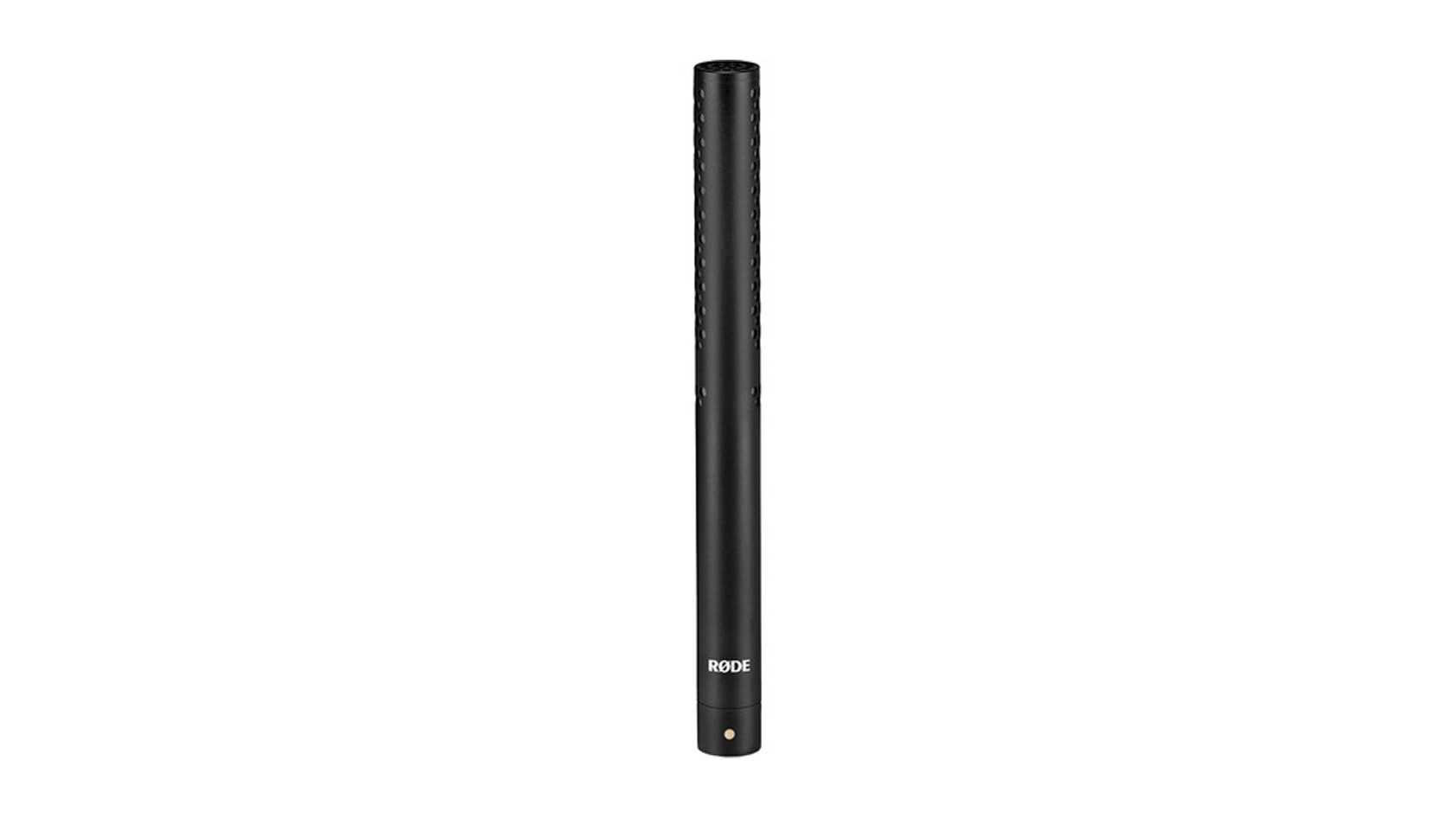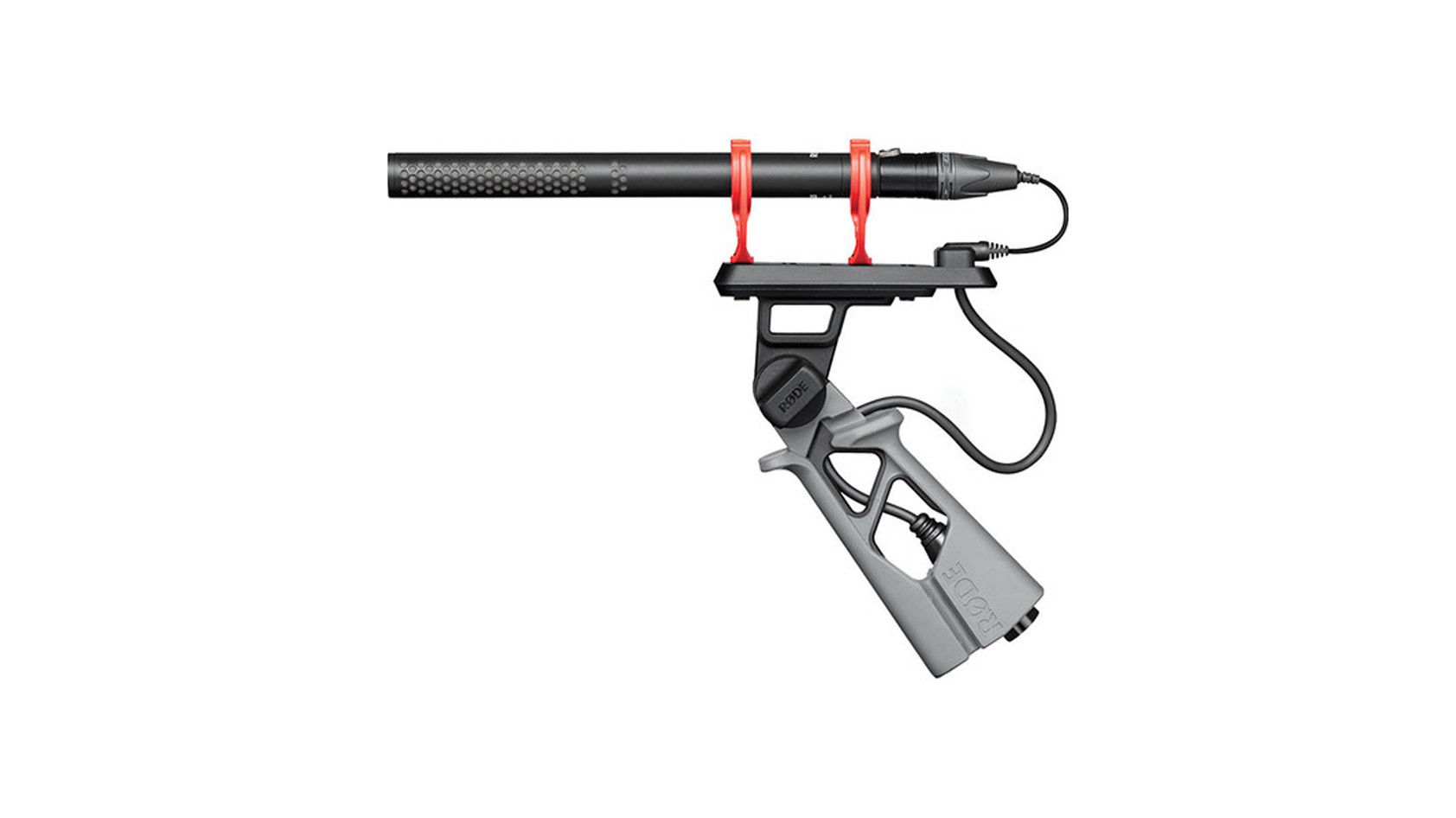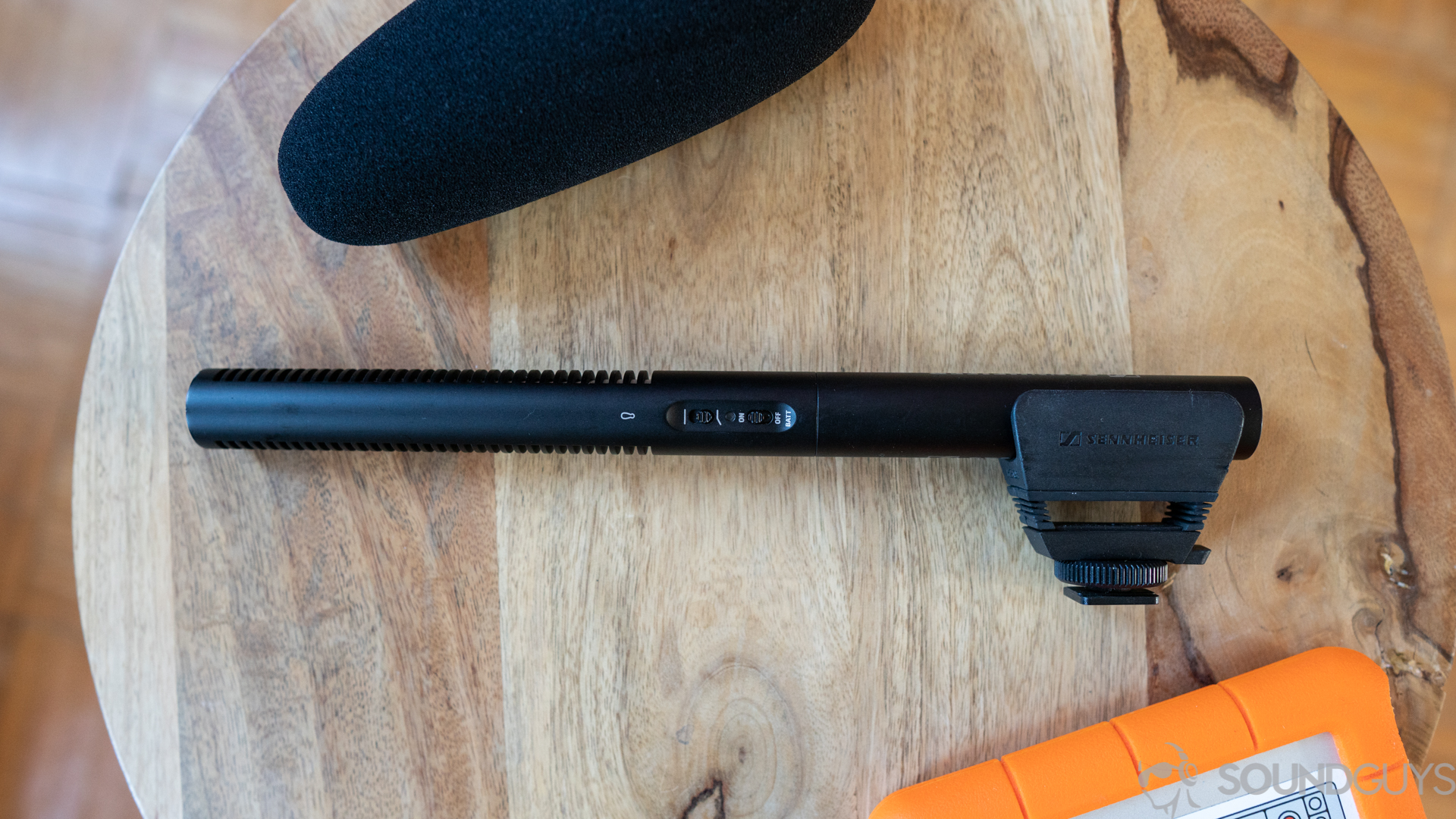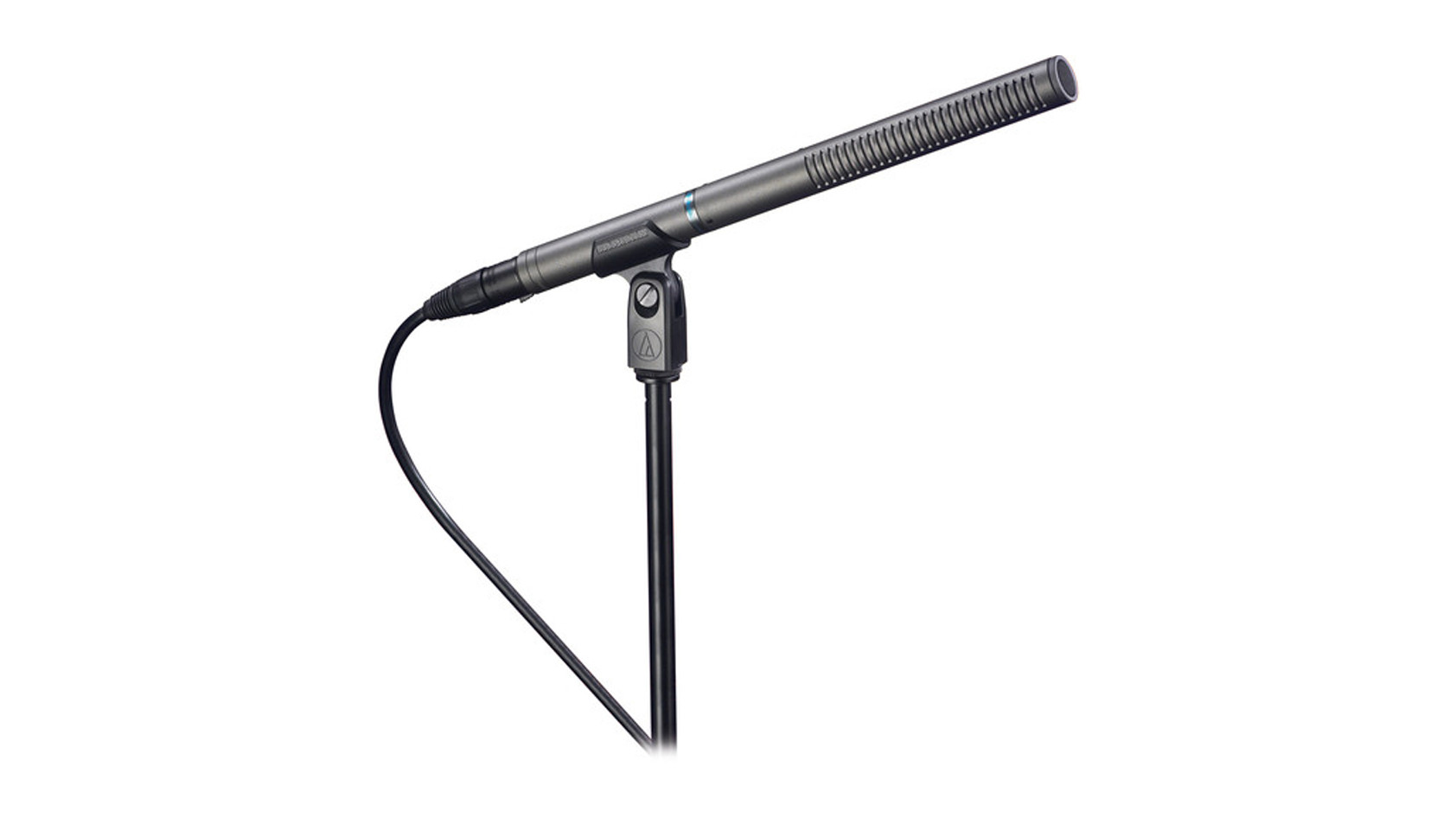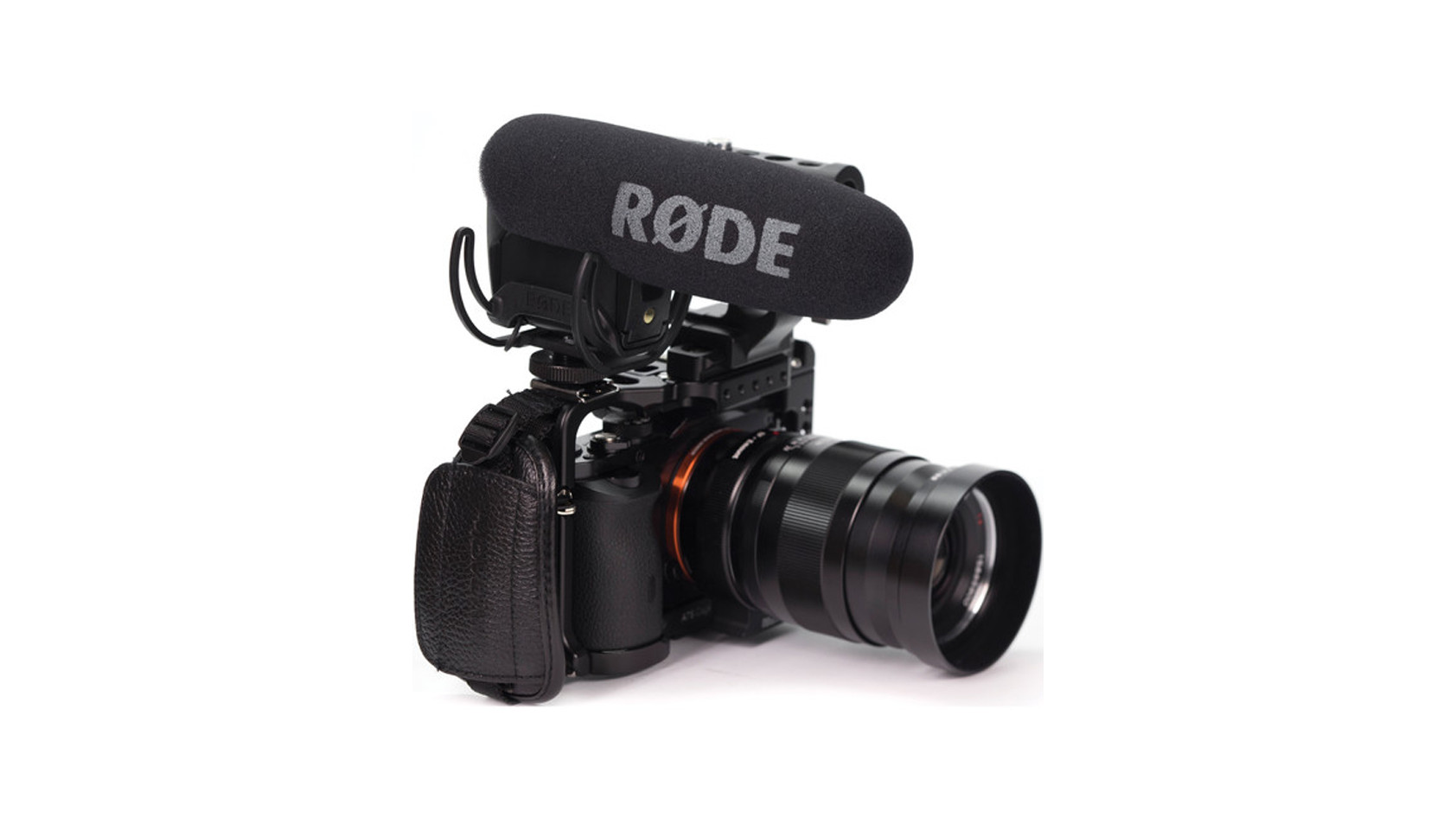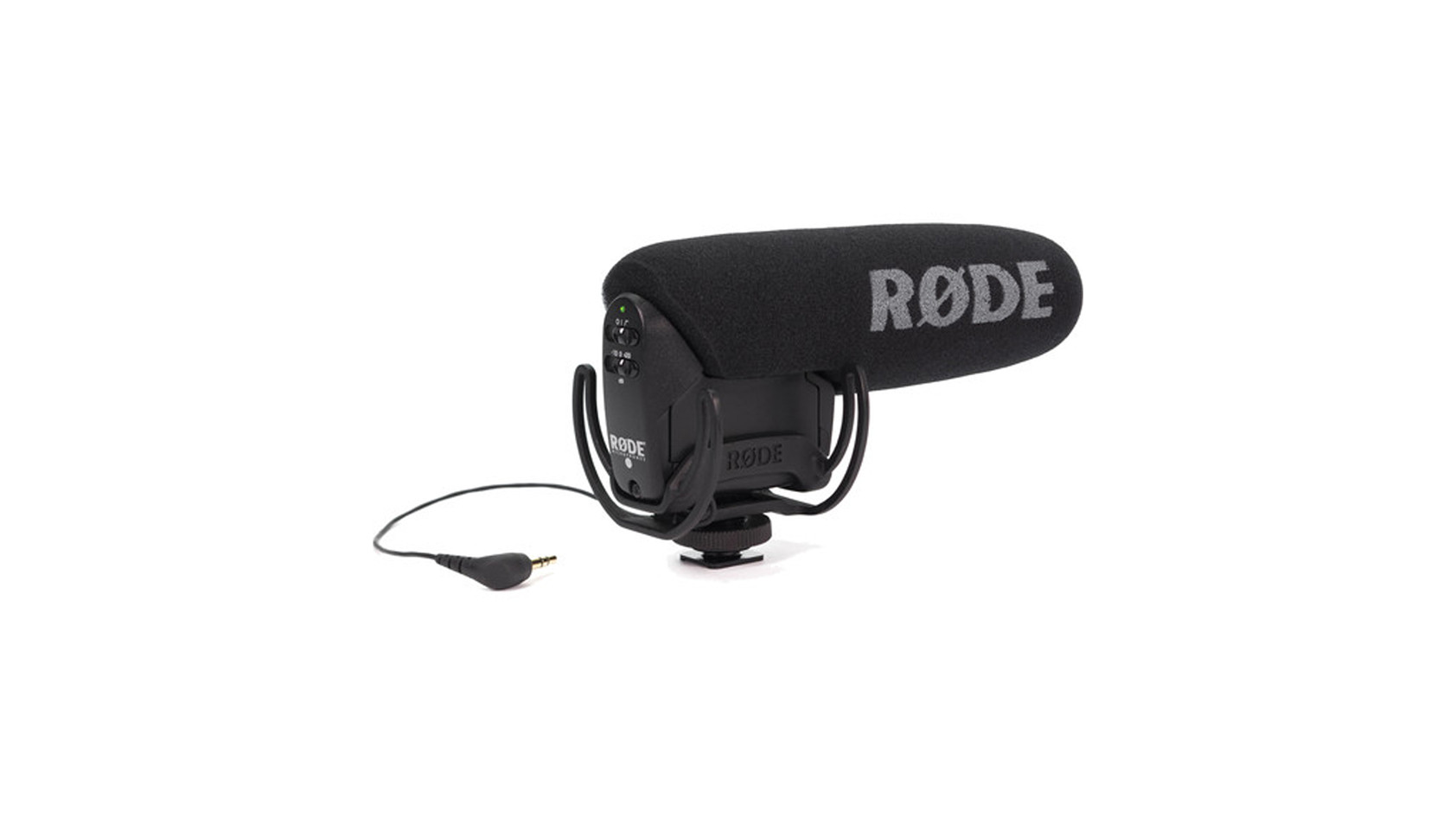All products featured are independently chosen by us. However, SoundGuys may receive a commission on orders placed through its retail links. See our ethics statement.
Best shotgun microphones
Published onJuly 7, 2020
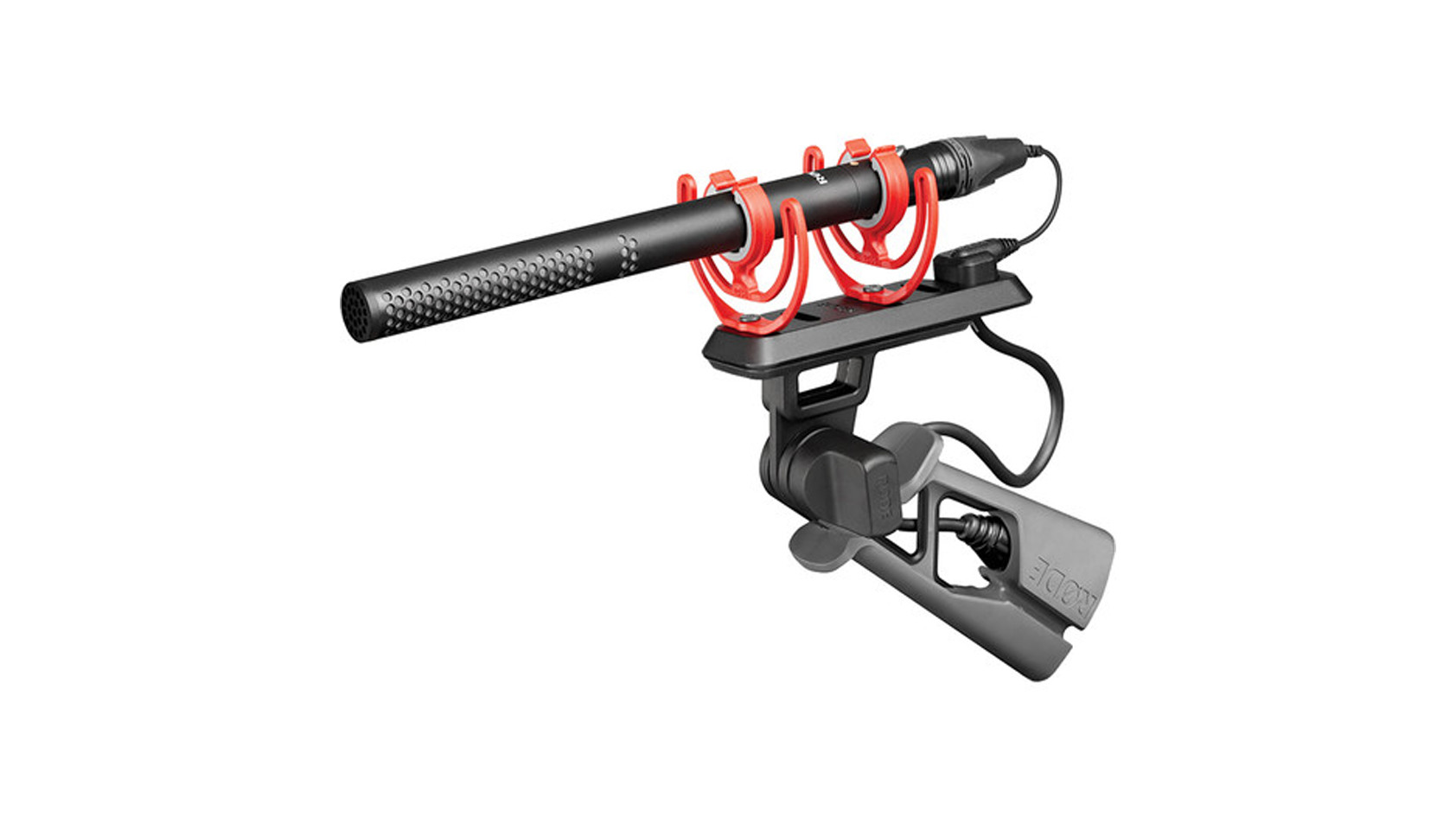
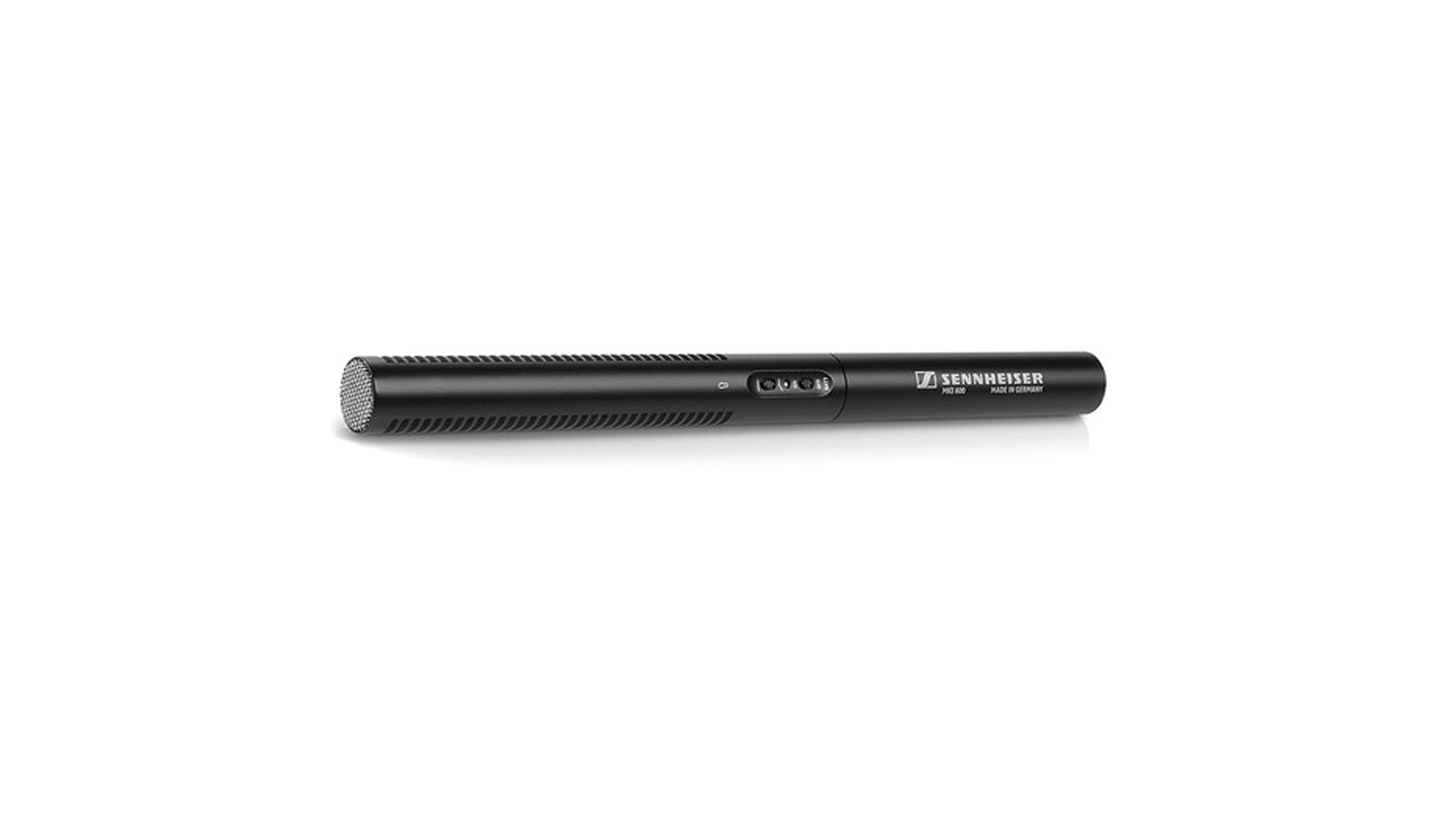
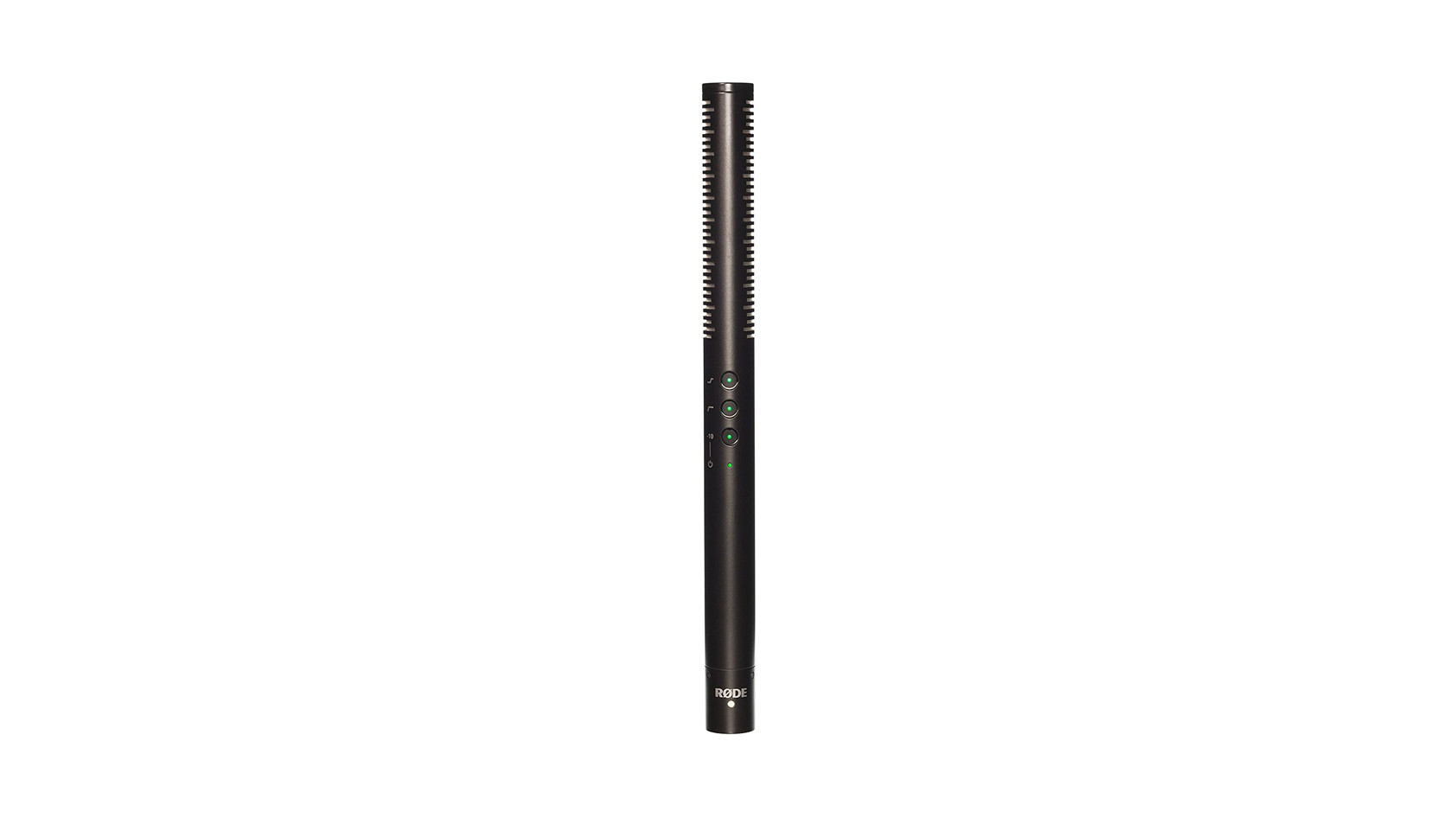
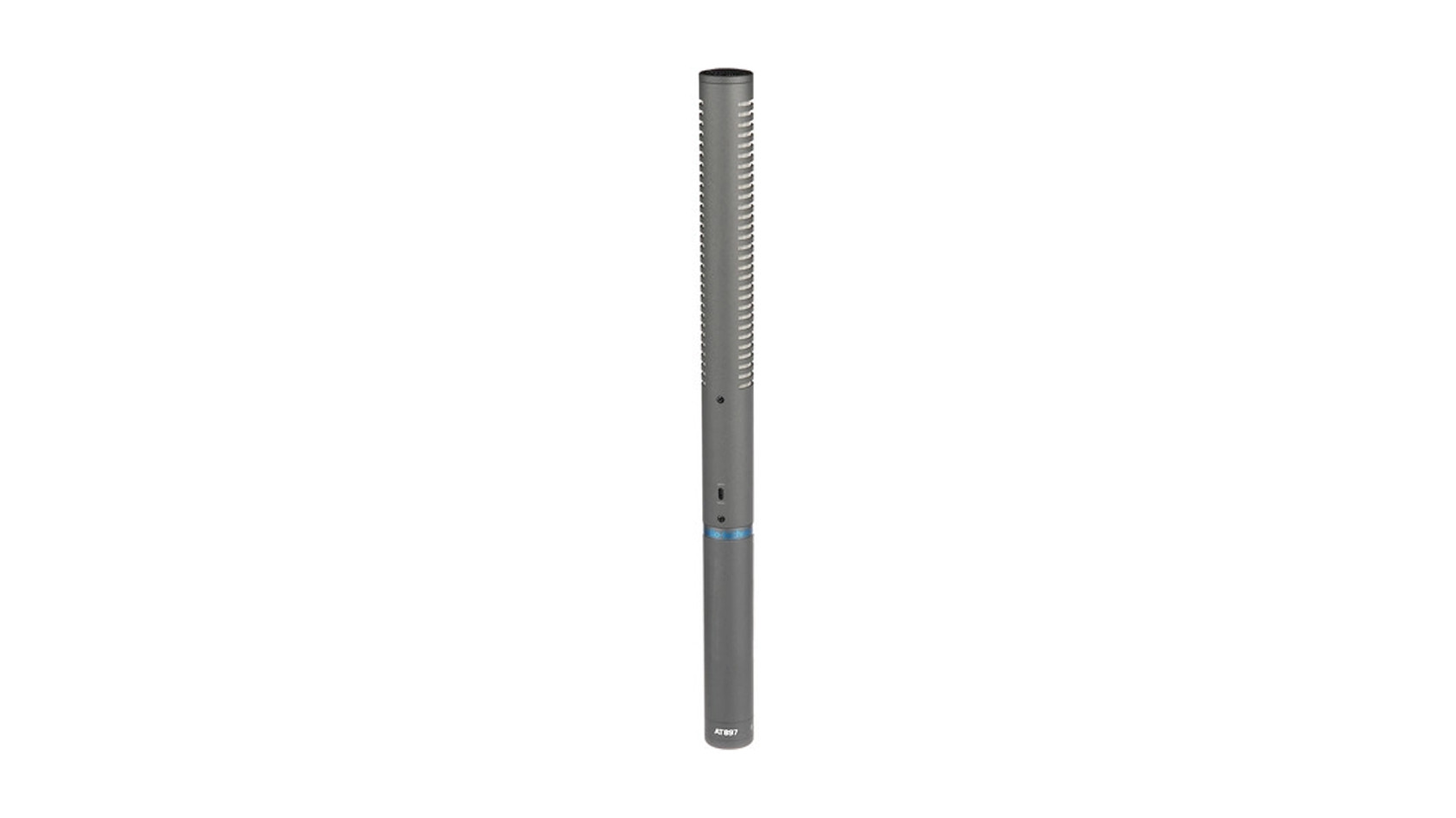
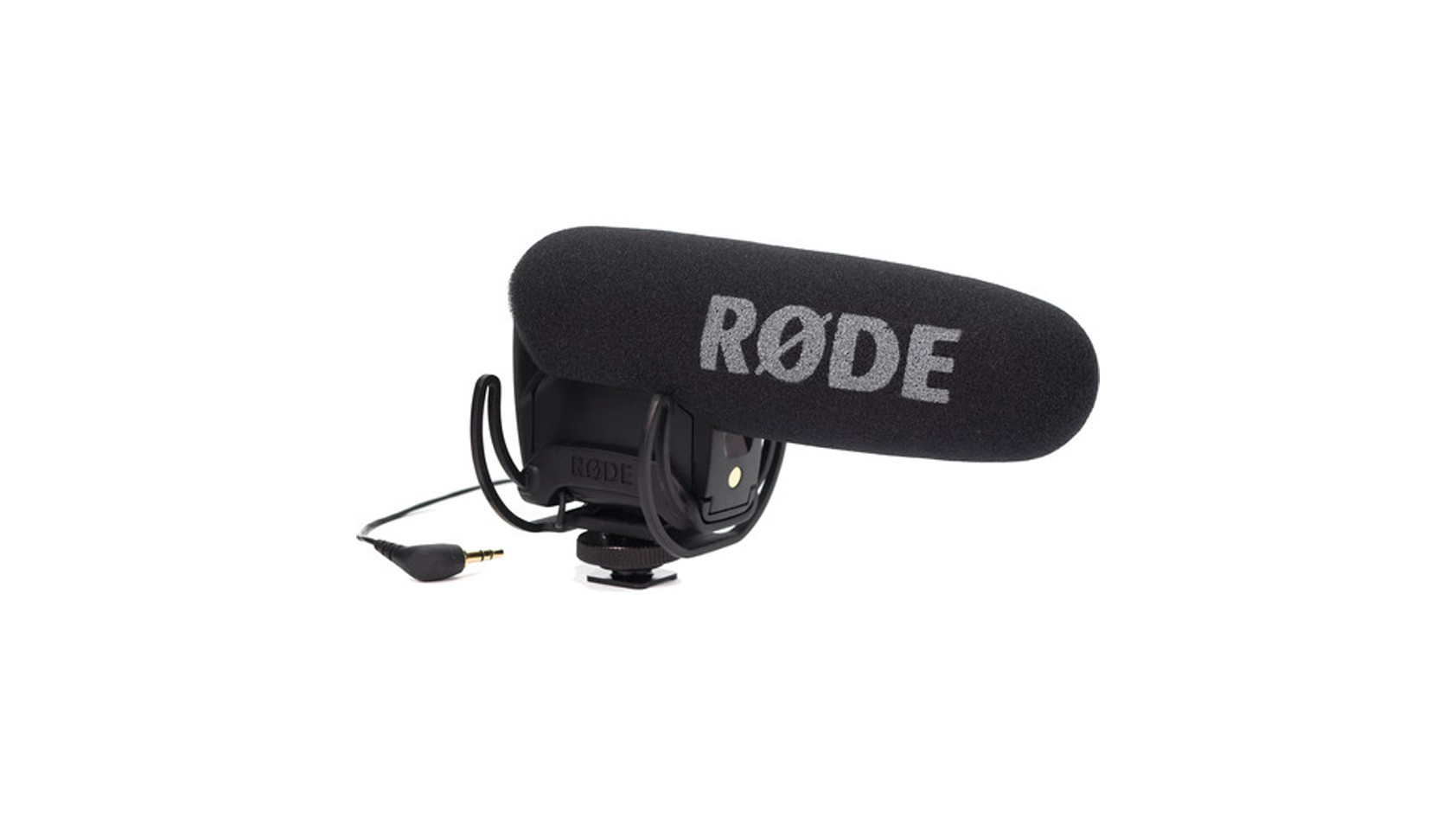
Shotgun microphones are a staple in the film industry and allow audio recordists to clearly capture sounds from distant subjects. While these microphones are predominantly used by professionals, advancements in audio technology have led to plenty of products that cater indie filmmakers, offering pro-level sound at an accessible price point.
The best shotgun microphone is the Rode NTG5
Rode’s revolutionary NTG3 microphone was praised for its natural tonal quality and performance in challenging climates. Its legacy continues with the Rode NTG5, which improves upon its predecessor with a shorter build and lower price tag.
The NTG5 differentiates itself from other shotgun microphones currently on the market: its barrel shape houses circular cutouts, as opposed to the slits you see with most shotgun microphones, which improves side and rear noise rejection. This results in cleaner audio capture from the front of the mic’s capsule. RF-bias technology is also built into the NTG5; this originally debuted with the NTG3, and it ensures the microphone resistance to moisture, preventing your audio from degrading in challenging shooting environments.
With regards to sound quality, the NTG5 features a more neutral-leaning frequency response compared to the NTG3, with accurate mids and highs. The microphone’s neutral sound signature allows for flexibility during post-production, whilst maintaining the clarity of the source—whether it be an actor’s vocals or a foley sample of rustling leaves.
At around $500, this microphone isn’t cheap, yet the feature set and sound quality of the NTG5 rivals microphones double, or even triple its price.
What you need to know about shotgun microphones
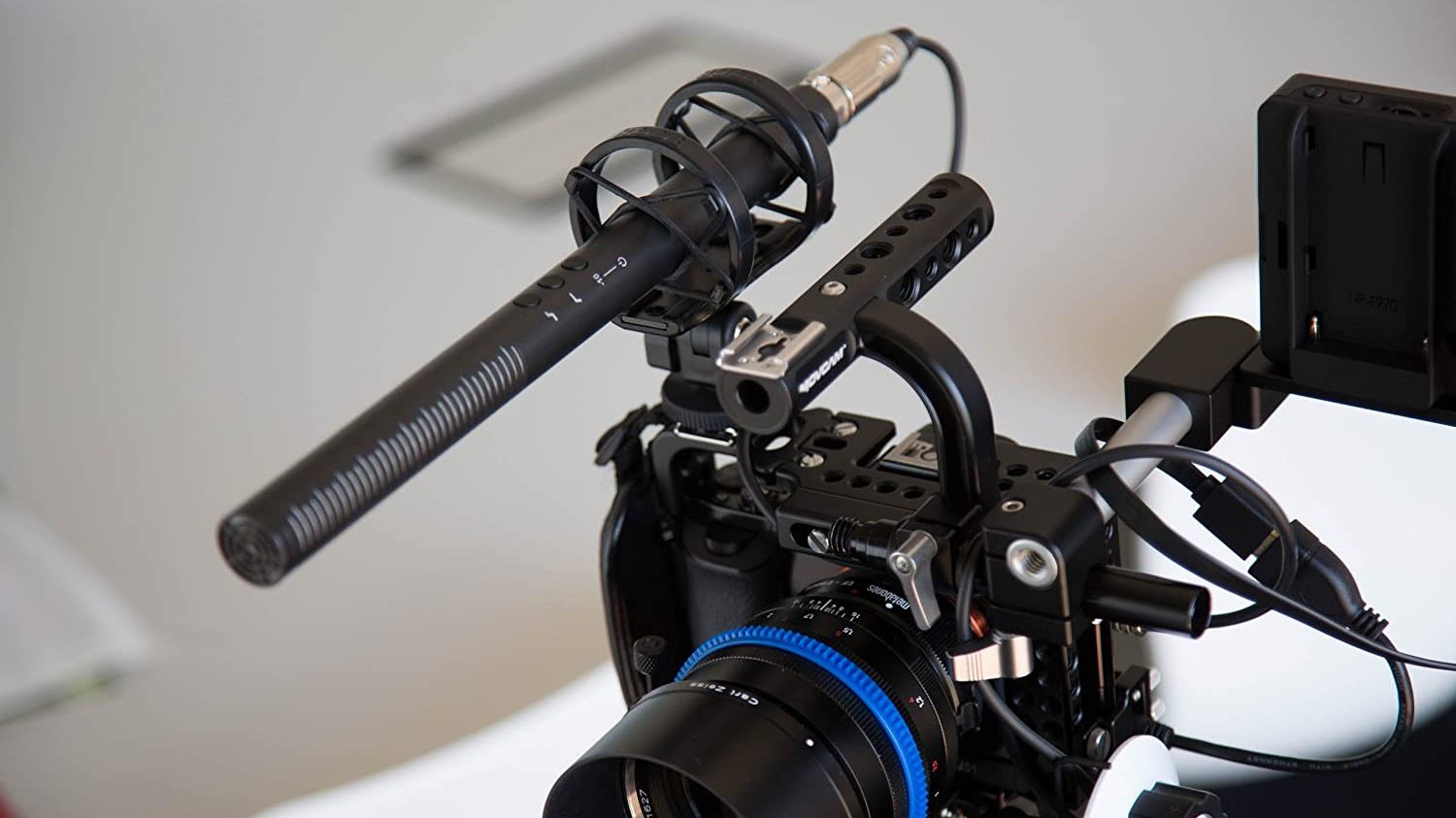
Shotgun microphones aren’t the same as your typical studio condenser microphone. See, shotgun mics are designed with a specific purpose: to capture a far away subject directly in front of the microphone, while eliminating as much ambient noise as possible. Consequently, shotgun microphones are characterized by their extremely directional polar patterns. Most shotgun mics have a supercardioid polar pattern, which captures sounds from the front and back, while rejecting noise from the side.
Related: Best DSLR cameras of 2020
The directionality of a shotgun microphone is defined by its design, which has a long, tubular build. Along the barrel are slits which phases out sounds coming from the sides and rear of the microphone. The longer the barrel, the more directional the shotgun microphone becomes.
Take control of your sound using filters
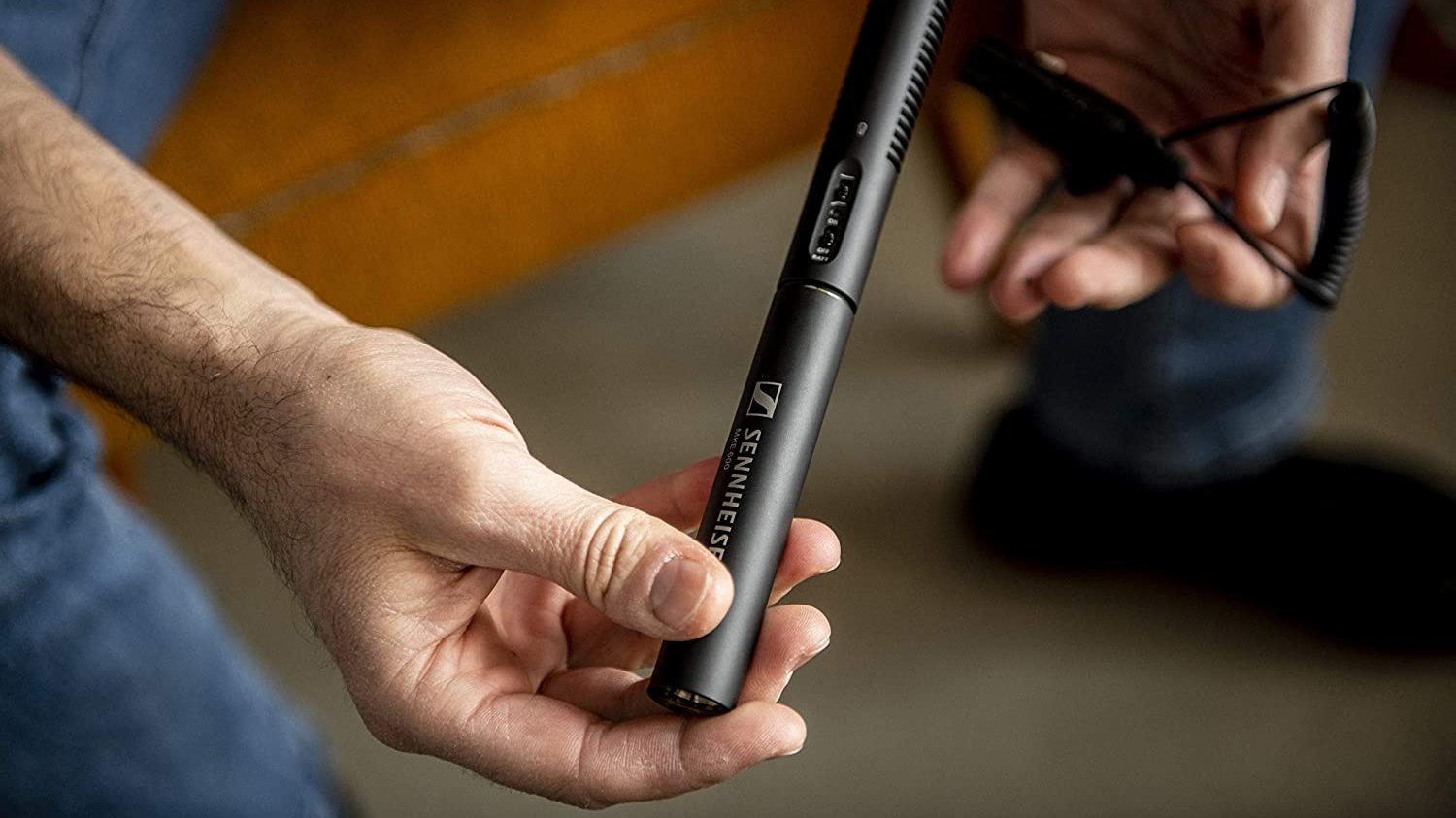
Many shotgun microphones come with filters, allowing you to modify the sound you’re recording, on the spot. Below are some of the most common filters you’ll find in shotgun microphones:
- High frequency boost: maintains clarity in your sound when using your shotgun microphone with a blimp or deadcat.
- High pass filter/low frequency cut-off: reduces lower-end wind noise or rumbling sounds from machinery.
- Gain: is used when you need to increase the signal amplitude, and is useful if you’re using a sub-par microphone preamp. Increasing the gain directly from the mic means you don’t have to increase it as much on the external preamp.
- Attenuation pad: reduces the gain of your microphone, helping you cleanly capture loud sources such as concerts or people yelling.
The benefits of shotgun mics over lavalier microphones
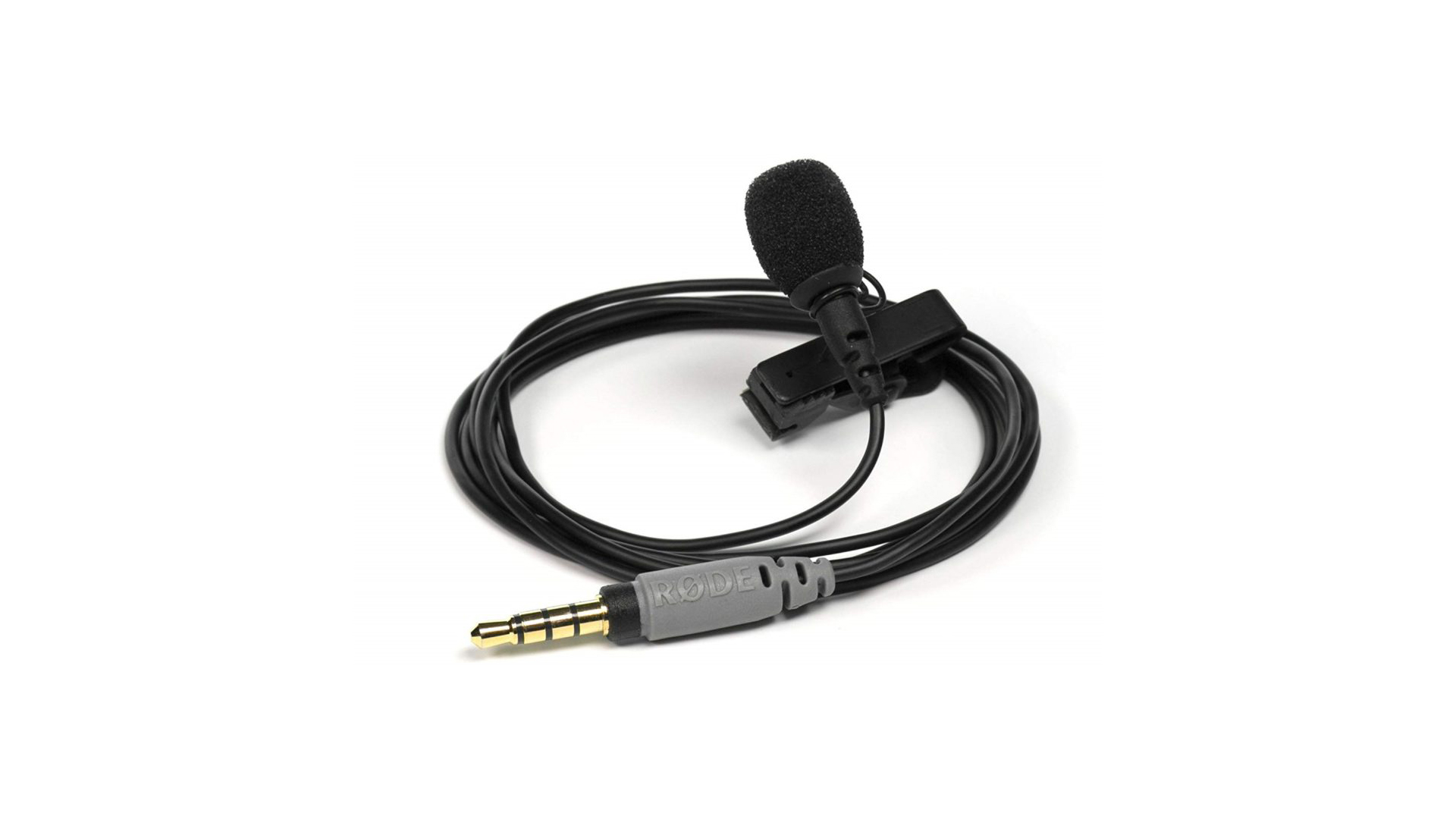
Although both types of microphones have their place on a film set, there are notable advantages to using a shotgun mic over a lavalier. For starters, shotgun mics have a highly directional polar pattern, meaning you are less likely to pick up ambient noise in your recording. In contrast, lavalier mics usually have an omnidirectional polar pattern, which isn’t great when recording in noisy environments since the mic will capture sound from all directions.
If you want to properly record your subject using a lavalier, you’ll have to attach the mic directly onto your subject—a very time consuming process that involves a lot of trial and error. With a shotgun mic, all you have to do for proper audio capture is to point the front of the barrel towards your subject from a reasonable distance.
Shotgun mics are great for moving subjects compared to lavaliers.
Also, because shotgun mics are typically mounted onto boompoles, you’ll have an easier time recording audio even when your subject is moving. Conversely, a lavalier mic that is taped to an actor’s body can lead to the microphone picking up unwanted noise, such as cloth rustle, when an actor moves. When it comes to convenience, shotgun microphones are a far better option compared to lavaliers.
The Sennheiser MKE 600 is the best shotgun microphone for semi-professionals
Sennheiser is regarded as the industry standard when it comes to recording audio for film. For the budding filmmaker who wants a taste of broadcast quality audio for under $400, look no further than the Sennheiser MKE 600.
This microphone is designed with a short barrel, making it compact enough for on-camera use, or on a boompole. Its all-metal construction should give you piece of mind, knowing that your investment won’t just fall apart from an accidental drop. Unfortunately, the MKE 600 doesn’t feature any form of moisture-resistance, meaning that the microphone could suffer from temporary frequency response shifts or unwanted noise. Moreover, its pickup pattern is slightly less directional than most shotguns, making this shotgun mic imperfect for outdoor shoots.
For interior shoots, however, this microphone excels. It features balanced mids with a slight emphasis in the high frequencies between 7-10kHz, resulting in clear-sounding vocals whilst maintaining an overall natural sound. A low frequency cut-off filter also reduces white noise and low-end rumbles. For roughly $329, the MKE 600 is a worthwhile investment for serious filmmakers.
For videographers and documentarians, the Rode NTG4+ is your best option
The Rode NTG4+ is targeted for indie filmmakers—though, its intuitive design lends itself to users who want a straightforward, great-sounding shotgun microphone.
The microphone is equipped with a selection of filters, including a high frequency boost, low frequency cut-off, and a -10dB attenuation pad. All these filter options are clearly marked and are accessible on the microphone’s base, making it easy to adjust your sound on-the-fly. Its built-in rechargeable battery is touted to last 150 hours, so you’ll never have to worry about this mic cutting off mid-take. The battery can be recharged using the micro-USB port recessed in the microphone’s XLR port, requiring only 2 hours for a full charge.
Sound wise, the NTG4+ has a balanced frequency response with no bias in the mids or highs. However, you may find that lows lack detail, which is useful for combating things like the proximity effect. However, the drawback is that it makes particularly low vocals sound less accurate, relative to a neutral bass response. Fortunately, this can be corrected in post, though it’s a bit of a hassle to deal with during production.
The Audio-Technica AT897 is the best entry-level shotgun microphone
If you’re a filmmaker looking for a reliable starter shotgun microphone, the Audio-Technica AT897 is the best in its price range. It may not be cheap, but it’s definitely a worthy investment for those who are graduating from their camera’s built-in microphone.
Similar to the Sennheiser MKE 600, the AT897 features a short barrel design, which allows this microphone to act as an on-camera mic—useful for electronic news-gathering (ENG) or guerilla filmmaking scenarios. The shorter barrel reduces the microphone’s directionality, though side and rear noise rejection is still adequate.
The AT897 delivers surprisingly great sound quality, despite its $250 price tag. Mids are accurately recorded, though, with minor emphasis in the highs and lows. While this frequency response curve could help speech intelligibility stand out, it can also introduce unwanted ambient noise like the humming and buzzing of an air conditioner. None of this is helped by the fact that the AT897 also has a slightly higher noise floor than most professional shotgun microphones.
Although these imperfections can be tweaked and corrected in post, it’s another inconvenience to consider during production. For $250, however, you won’t find a better sounding shotgun microphone than the AT897.
The Rode VideoMic Pro is the best bang-for-your-buck shotgun microphone
This is one of Rode’s most popular shotgun microphones, and it strikes the perfect balance between price, performance and portability. The Rode VideoMic Pro has made its home atop many DSLRs and video cameras since its introduction.
The VideoMic Pro is designed with a low profile, allowing you to attach the microphone to your camera with ease using its cold shoe mount. An integrated shockmount system helps eliminate vibrations—whether mounted on-camera or on a boompole using the microphone’s ⅜” thread. With multiple filter options, the VideoMic Pro is truly a run-and-gun filmmaker’s best friend. At the back of the microphone, you have access to a two-step low-frequency cutoff filter, a -10dB attenuation pad, and +20dB gain. With all these filter options, rest assured you’re great sound quality, even when using your camera’s built-in mic preamps.
Despite its small size, the VideoMic Pro packs a punch when it comes to sound quality. It has a neutral frequency response, which is more accurate than its counterparts like the Rode NTG3 or NTG4+. This results in a true-to-form sound that maintains the original clarity and tonal qualities of your subject.
Because of the VideoMic Pro’s small form factor, the microphone tends to pick up more sound from the sides than desired, compared to more expensive mics. In addition, the VideoMic Pro struggles with subjects that are too far away, requiring you to place the microphone closer to the subject than usual. Despite these drawbacks, as an on-camera microphone, the VideoMic Pro delivers sound quality that surpasses your expectations with a price tag that hovers around $200.
Best shotgun microphones: notable mentions
- Rode NTG3: This legendary shotgun microphone paved the way for the NTG5, introducing RF-bias technology and a sound signature ideal for interior location shooting.
- Rode NTG4: If you want to save some money, this is a variant of the NTG4+ which omits the rechargeable battery, running off phantom power only.
- Sennheiser MKH 416: If you have cash to burn, this highly-directional shotgun microphone is the industry-standard, especially when it comes to outdoor location shooting.
Why you should trust SoundGuys
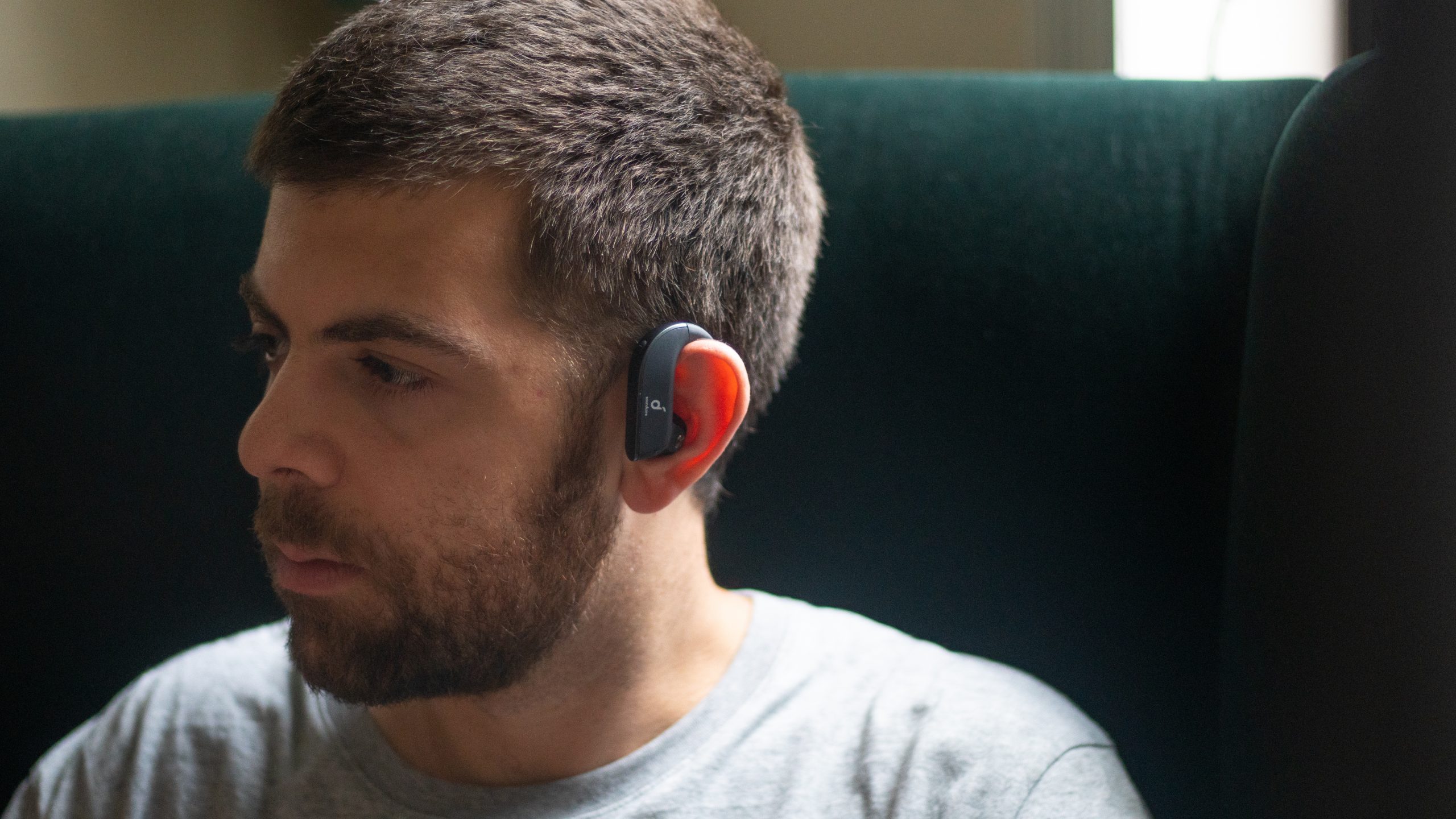
Each writer at SoundGuys has accumulated years of experience reporting on the consumer audio market, and our staff adheres to a strict ethics policy. We don’t use sponsored content on the website at a time when doing so is the norm. SoundGuys’ survival depends almost exclusively on readers enjoying their purchases. We pride ourselves on transparently outlining objective facts, while accounting for the subjective experience to contextualize an audio product’s performance. When we do misspeak, we correct and own up to it.
Next: Best voice recorders
